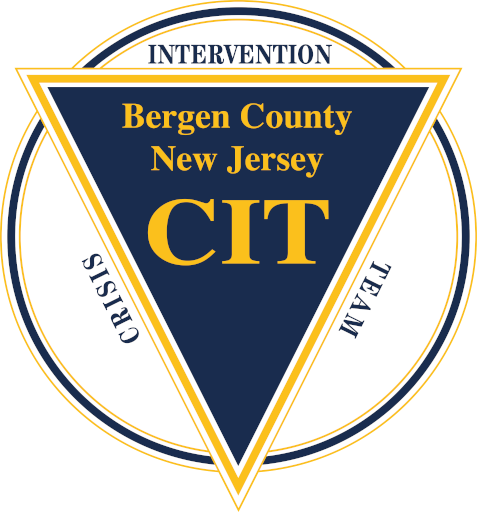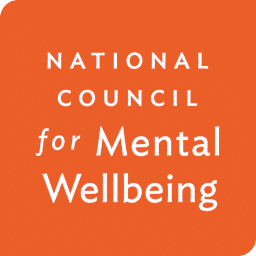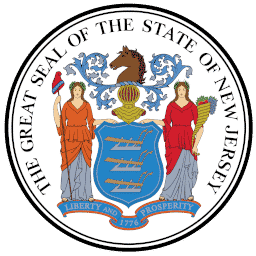Designer Drugs
Drug abuse continues to be a serious problem in the U.S. According to data from the Substance Abuse and Mental Health Services Administration (SAMHSA), among the 40.3 million Americans diagnosed with substance use disorder, 18.4 million people were illicit drug users.
One of the factors that are opening the gateway for addiction, particularly among the younger crowd, are designer drugs. Over the past decade, these substances have become some of the most widespread drugs of abuse in the U.S.
What Are Designer Drugs?
Designer drugs are laboratory-made substances that were specifically developed to mimic the effects of cannabis, cocaine, and other illegal drugs. They are typically produced in secret and unlicensed laboratories.
First coined in the 1980’s, the term “designer drug” was used to refer to any drug whose chemical makeup was slightly altered. Today, these drugs may be referred to by several other names, including:
- Synthetic drugs
- Research drugs
- Research chemicals
- Legal highs
- New and emerging drugs (NEDs)
- New psychoactive substances (NSPs)

These synthetic substances may have different chemical structures, however, their effects are largely the same or similar to the original, illegal drugs.
Like the substances whose effects they try to replicate, designer drugs affect our mood and our brain’s normal functions. Depending on the type of controlled substances they try to copy, these new drugs can make people feel relaxed, produce a high or a euphoric state, and induce hallucinations.
Designer drugs encompass a wide range of substances and resulting effects. However, these lab-made synthetic drugs share some general characteristics:
- Misleading labels and information
- Inconsistent ingredients, measurements, and dosages for each batch of drug
- Lacking scientific data, medical information, and safety profile
- Continuous alteration of formula and chemical or molecular components to achieve “legal” status
What Chemicals Are Found in Designer Drugs?
The chemical makeup of each designer or synthetic drug varies depending on the type of controlled substance it is mimicking. The designer drugs generally contain certain ingredients identifiable to each known category. This aids in classifying each designer drug that hits the market.
However, two designer drugs may still contain different chemicals even though they belong in the same category or classification. As such, unlike other drugs and normal controlled substances, it is almost impossible to know the entire specific chemical makeup of synthetic drugs.
Drug Enforcement Administration
In fact, the U.S. Drug Enforcement Administration (DEA) has identified almost 300 different types of synthetic drug compounds. Each of these has its own unique formula and chemical structure.

Are Designer Drugs Legal?
Altering the chemical composition of the drug started as an attempt to circumvent the law and make “legal” versions of prohibited drugs. This is because under the U.S. Controlled Substance Act of 1970, the law was originally very specific regarding the names of the controlled substances.
Due to this, many designer drugs were able to exploit a loophole and be classified as technically legal.
The addition of the Federal Analog Act modified the Controlled Substances Act and helped remedy this loophole in 1986. It includes and preemptively bans and illegalizes designer drugs, using the term to refer to any substance with a “chemically similar” structure to an illegal drug.
Moreover, the U.S. has declared all synthetic compounds similar to marijuana as illegal in 2012. Under the new legislation, all synthetic marijuana compounds are considered as Schedule I substances by the Drug Enforcement Administration. Two other synthetic stimulants known by the slang term “bath salts” and nine 2C hallucinogens were also added onto the list.
Some people caught selling illegal designer drugs try to defend themselves by arguing that the substances are “research chemicals” not meant for human consumption and therefore legal to sell. This remains a weak defense, though.
Common Designer Drugs
Specific designer drugs are known by hundreds of informal names or slang terms. The terms used may depend on where the designer drug is being sold, its target demographic, or its chemical content.
Some of the most common synthetic or designer drugs include:

Spice and K2
Spice and K2 are two designer drugs that mimic the effects of cannabis or marijuana. In some cases, spice and K2 may even produce stronger effects. They are often marketed as alleged safe and legal substitutes and can even be bought online. However, both are considered illegal in some states.
Bath Salts
The name was derived from the substance’s resemblance to real bath salts. These designer drugs mimic the effects of drugs like methamphetamine, cocaine, and the synthetic drug ecstasy. Bath salts can potentially produce more dangerous effects than their original counterparts.
Ecstasy or MDMA
Ecstasy, also known as molly, MDMA, or methylenedioxymethamphetamine, is possibly the most famous synthetic substance. It is particularly popular among younger and more affluent people who frequent parties and concerts. Ecstasy is a designer drug based on methamphetamine or meth and produces similar effects.
LSD or Acid
LSD, lysergic acid diethylamide or simply acid, is considered one of the strongest hallucinogens sold on the streets. It gained widespread popularity as recreational drugs in the 60s and early 70s, especially among the hippie community. It produces unpredictable mood-altering effects, bliss, and hallucinations often collectively called a “trip.”
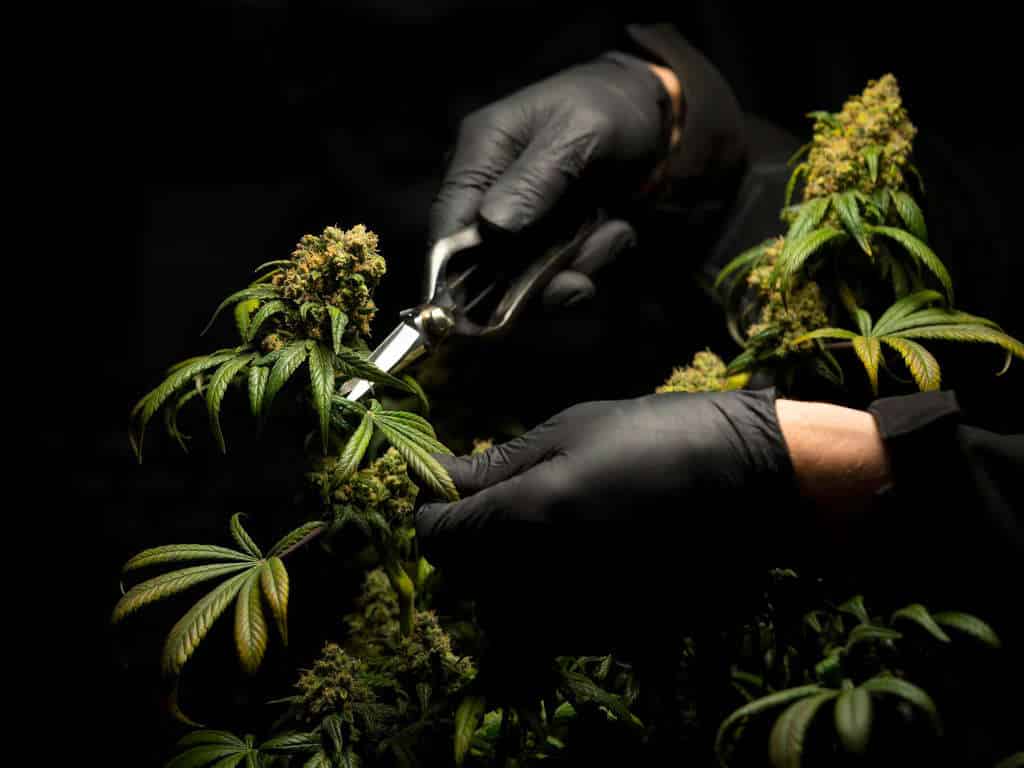
Different Types of Synthetic Drugs
Synthetic or designer drugs are usually classified into three different categories. These categories are often made based on the effects the lab-made drugs try to mimic or strengthen.
Synthetic Cannabinoids
Designer drugs in this category are also called synthetic cannabis or designer marijuana. This is where spice and K2 fall under. Other examples of synthetic cannabis drugs are joker, black mamba, and kush.
Synthetic cannabis or cannabinoids try to produce the same effects as tetrahydrocannabinol (THC), the main psychoactive component in marijuana. The synthetic cannabis version also induces increased relaxation and a euphoric high feeling.
However, it may also cause side effects, including:
- Rapid heart rate
- Hallucinations
- Confusion
- Conjunctival injection or red eyes
In some cases, using synthetic cannabis can result in more serious side effects like heart attack and ischemic stroke.
Symptoms of dependence on synthetic cannabinoids include:
- Chills
- Muscle spasm or twitching
- Nausea
- Cravings
- Increased anxiety
- Difficulty sleeping
Synthetic Cathinones or Stimulants
Bath salts, one of the common examples of new synthetic drugs, are categorized as synthetic cathinones. These substances act as stimulant substitutes. Synthetic cathinones are often sold and used as a substitute for more illicit psychostimulants like cocaine, methamphetamine, or ecstasy.
The man-made drugs that fall under this category are some of the most popular sources of so-called “legal highs” for users. Common names of popular synthetic stimulants include vanilla sky, cloud nine, flakka, and gravel.
These substances can cause serious complications, such as:
- Heart attack
- Liver failure
- Acute kidney injury
- Respiratory arrest
- Panic attacks
- Hallucinations
- Paranoia and delirium
Some signs of synthetic cathinone or stimulant abuse may include:
- Dilated pupils
- Increased sensitivity to light
- Appetite loss
- Agitation and aggression
- Increased body temperature

Synthetic Opioids
Natural opioids or narcotics are used in medical settings to help relieve pain by influencing or interacting with the body’s opioid receptors. Synthetic opioids are lab-made drugs whose effects and molecular structure are similar to natural opioids like morphine and codeine.
Fentanyl is the most common example of synthetic opioid. It is also one of the most dangerous and highly potent synthetic opioid available.
Although fentanyl and other synthetic opioids are available legally using prescriptions, the ones available on the street typically have modified formula or chemical makeup. They are also used as cutting agents for other illegal drugs.
Due to the potency of synthetic opioids, these drugs are one of the most commonly abused. These substances also have the most potential to result in accidental yet fatal overdose.
Synthetic Hallucinogens
The ever changing landscape of designer drugs means some new drugs may not definitively fit these three types. There are many lab-made substances that can be classified primarily as synthetic or designer hallucinogens.
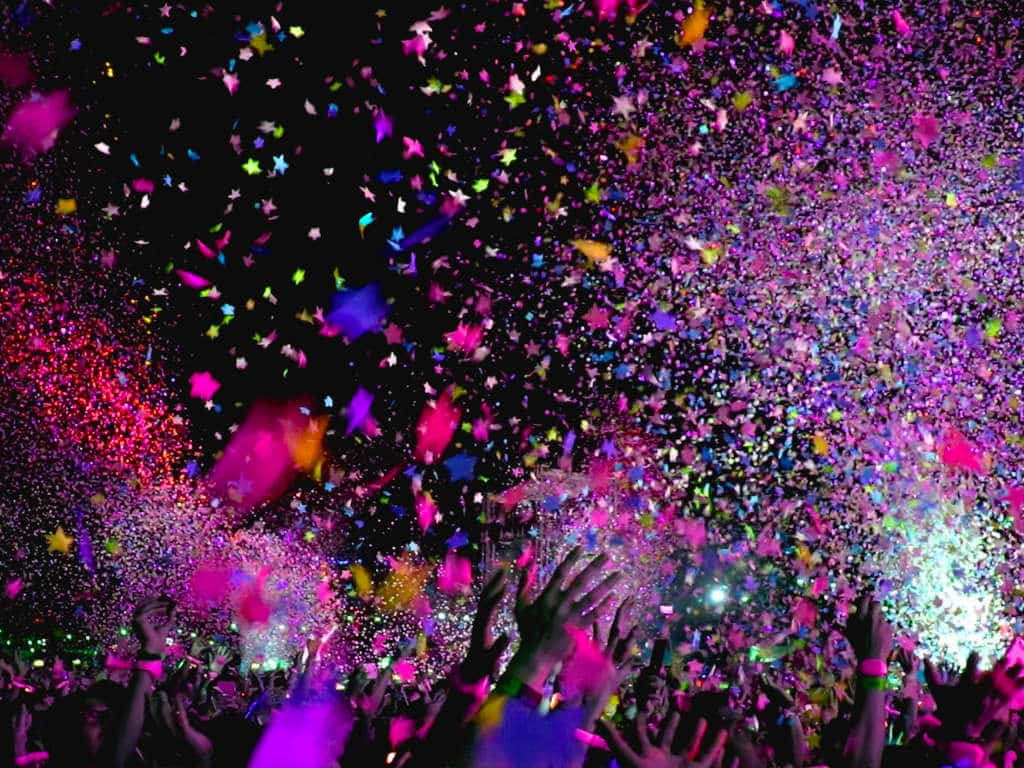
LSD or acid is the original synthetic hallucinogen. MDMA or ecstasy may also be considered as a synthetic hallucinogen, though it can also fall under the stimulant category. Other examples of common synthetic hallucinogens include:
- Bromo-dragonFLY
- B-fly
- Spamfly
- Rapid heart rate
- Nausea
- Severe confusion
- Agitation
- Seizures
- Psychosis
- Self-harming behavior
The Dangers of Designer Drugs
Designer drugs present real danger to users, despite some people\’s mistaken belief that they are safe or legal. Three factors contribute to the inherent danger that these synthetic substances pose.
Lack of Consistent Formulation
It is near impossible to fully determine the chemical formulation of specific synthetic drugs. Due to its illicit nature of production, different batches of the same designer drug usually have varying amounts of chemicals.
This lack of consistent formulation is a contributing factor to the volatile potency of the substances. The lack of uniformity can increase the drug’s risk of overdose, intensified side effects, and drug dependency.
Lack of Oversight and Regulations
Due to the constant changes and alterations in how these designer or synthetic drugs are made, the oversight concerning them remains lacking. These lacking regulations not only concern buying, selling, and using the drugs but also how they are made.
Since the drugs are made in underground or illicit laboratories, there are no regulations regarding ingredient amounts and potency. This leads to greater safety risks, particularly concerning overdose and dependency.
Lack of Accurate Testing Options
The inconsistent formulation of these lab-made drugs means greater difficulties with testing them. Standard drug tests do not always detect these substances, which makes it easier for people to consistently use and abuse the drugs without anyone knowing.
Although some companies are starting to adapt and offer tests or analyses that can detect synthetic drugs, the range remains limited. These tests and drug panels will need to constantly be updated to include emerging drugs and their variations.

Seeking Help for Designer Drug Addiction at CarePlus
Many youth fall prey to designer psychoactive drugs, as they seem harmless when taken for a fun party, concert, or any other social event. People often forget that substance use disorders can start from just one harmless instance of using “club drugs” before it becomes an addiction.
Although some designer or synthetic drugs are yet to be officially found to cause addiction, continued designer drug use increases one’s overall risk of substance abuse disorder.
If you show signs of drug addiction or suspect someone you care about is using designer drugs, seek professional intervention or addiction treatment immediately.
At CarePlus, we offer addiction treatment and recovery services to help indigent and private insurance clients recover and rehabilitate from all addictions. Contact us today to start your drug recovery journey.

